


Like the Uncharted games, the latest Tomb Raider has a story that is based on historical fact. Or rather, on historical controversy. Mystical lands and legends, legendary explorers, those are the staple of the series—not quite unlike the historical fiction that inspired them.
But where could Lara Croft and Nathan Drake go next? What other legendary places are there, other than El Dorado, Yamatai and Irem of the Pillars? What other explorers could serve as the story hook for Lara’s or Drake’s next big adventure? Here are a few ideas.
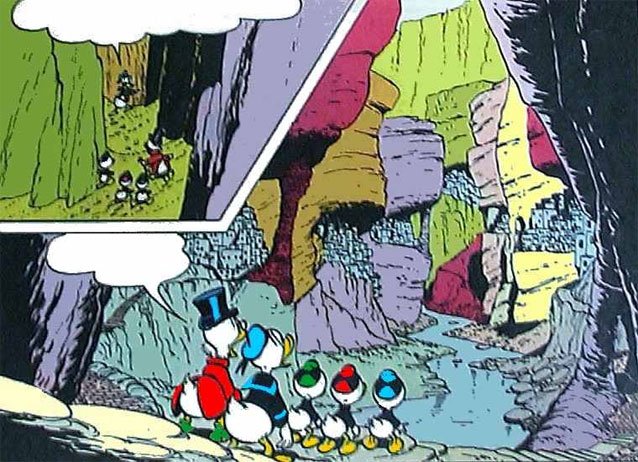
Supposedly located somewhere in south western Continental North America, these legendary cities probably never existed outside of legends the early Spanish explorers were told by the natives. Essentially, the Seven Cities are the El Dorado of North America. There could be all kinds of things connected with them, especially why they fell into ruin, abandonment and eventually being forgotten.
Another thing is the connection of the Seven Cities to another, Portuguese legend of the legendary Island of Antilia, where supposedly a whole bunch of Visigothic Christian bishops fled to from the Muslim invasion of the Iberian peninsula, taking vast riches with them to eventually settle on an island somewhere in the Atlantic. In both cases there exist actual ancient documents and maps, but nothing concrete has ever been found, leaving the Seven Cities in the realm of legend.

On the Micronesian island of Pohnpei, there exists a mysterious ruin city of stone, known as the “Venice of the Pacific”. Up till today, it is not known how the city, made up of giant stone blocks, was constructed, since none of the peoples living in the area have been known to possess the required knowledge to pull off such a feat.
Nan Mandol can be connected to all kinds of legends, from the lost continents of Lemuria or Mu to black magic, witchcraft and extraterrestrials. So it’s a real world complex of ruins of mysterious origins. The local people’s legend has it, that the complex was built by two sorcerers aided by a dragon, so there is plenty of room for interpretation and “gamification”.

This mountain plataeu in the central Sahara desert has it all. Incredible landscapes, politically charged climate in the remote regions of southern Algeria, and an ancient, somewhat mysterious tomb of a Tuareg queen. Granted, the tomb has long since been explored and the remains of the woman, Tin Hinan, analyzed, but who exactly she was, and how this Roman style grave site came to be in the middle of the Sahara desert hasn’t been unambiguously been resolved by historians yet.
Also, as with all the central Saharan mountain massifs, the Hoggar is almost like an island of rocks and mountains in a sea of dunes. There can be a number of mysteries hidden here, especially since people have been here for a very long time, as various rock paintings prove.

Off the coast of Yonaguni Island, the southernmost of Japan’s Ryuku Islands, just east of Taiwan, there is a mysterious structure to be found under water. Discovered in 1987, it is unclear yet, if the Monument is an artificial or natural formation. For the purpose of a mysterious archeological adventure game, it would be of course a given to have the monument be the remnants of some ancient, long lost civilization. Maybe even connected to other mysteries of the Pacific, like Nan Mandol or Yamatai.
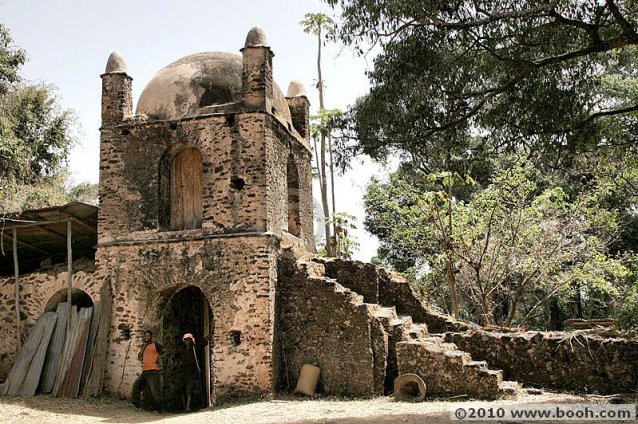
The Coptic Christian monasteries located on various small islands on Ethiopia’s Lake Tana are ancient themselves, and supposedly built on even older structures, predating Christianity by centuries. Lake Tana would be a great gaming location, it’s a beautiful environment, and having the player going back and forth between the various bigger and smaller islands and monasteries would make for some good exploration gameplay. The legends connected to the area are manifold. Some legends say that the Ark of the Covenant was located here, connecting the Lake Tana monasteries closely to Judeo-Christian mysticism and legend.
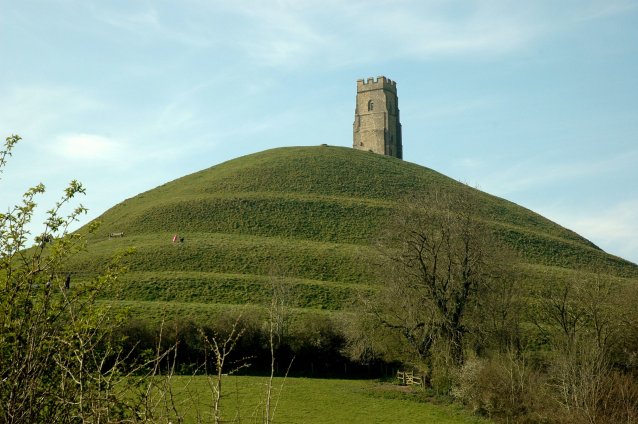
Not quite as exotic as the other mysterious places, Glastonbury Tor is nonetheless center of a large number of legends, most prominent of which being that of King Arthur’s Avalon. Which is a pretty big legend to begin with. Entrance to the Fae realm and all. Also supposedly the Tor houses the Holy Grail, and is part of a larger pre-Roman magical geomantic rune thing. And something conspiracy theorists repeatedly come back to when it comes to nutty theories on how the Illuminati use Pagan sorcery to do whatever the Illuminati do.
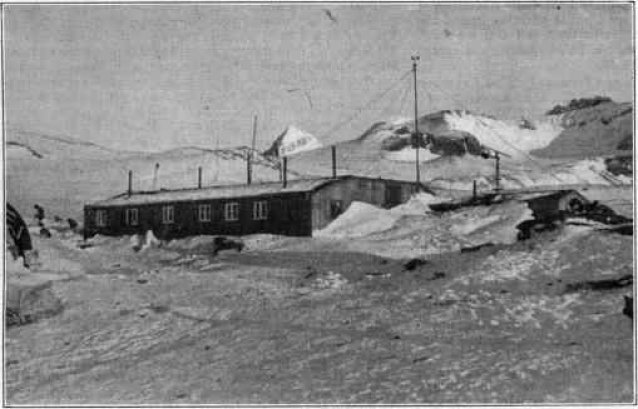
This stretch of Antarctic coastline is special in this list, in so far as it doesn’t have any actual archaeological findings reported, but it is subject of some conspiracy theories and modern legends. Why? Simple answer. Nazis. The Third Reich lead an Antarctic expedition here in 1938/39, the results of which were lost in the war. This, along with the great level of secrecy which this expedition took place under, lead to a number of legends and conspiracy theories.
One of the most popular ones says that instead of committing suicide or surrendering to the Allies, the Nazi leaders fled to Antarctica, where they had supposedly discovered the entrance to the hollow earth. Even without the Nazi elite having fled here, a game where the Nazis actually found something, be it the Mountains of Madness or the entrance to the Holllow Earth, would be pretty neat.
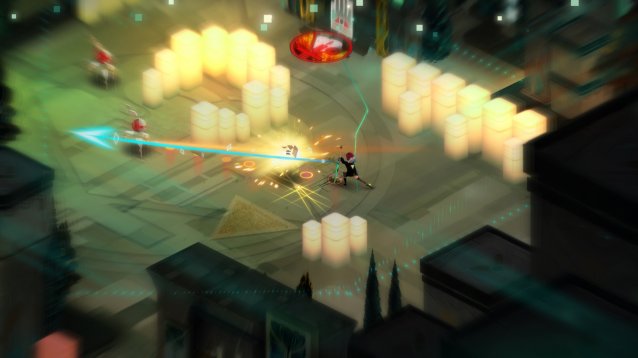
Once upon a time, Ani was the capital of the medieval Kingdom of Armenia, a big city, grown rich through trade. When the Kingdom of Armenia eventually fell, after being invaded by the Byzantine empire, the Mongols and the Seljuk Turks, Ani lost in significance. Eventually the city’s population declined, until the entire region in the southern Caucasus was so strongly depopulated in the 18th century, that the former grand city was eventually abandoned completely.
Today what’s left of Ani is a field of ruins in a very remote part of Turkey, right next to the Turkish-Armenian border. Ani eventually became a trading hub, so any number of legendary items could have been lost in the ruins of what in the 10th century was known as the City of a thousand churches. Right next to the city is the river Akhourian, which has carved deep gorges into the landscape. In general, the area surrounding Ani is rich with ancient Armenian monasteries - in varying states of ruin - so any plot dealing with ancient Christian artifacts would be perfectly at home in these ancient hills.
Deep within the Amazon jungle lies a huge ruin field that should prove to be the demise of British explorer Percy Fawcett, who disappeared in these parts in the 1920s. It is still not known what exactly happened to Fawcett. However his Lost City of Z, the has been uncovered. In this remote region there once existed a large civilization that farmed the land.
The official story is that this civilization died out when the European diseases swept the land. Which is in and on itself horrible enough. But with ancient, lost civilizations deep within the jungle, it is fairly easy to come up with different, more sinister and maybe Lovecraftian explanations. Also Kuhikugu is quite unlike the Legend of El Dorado, it is not a myth or legend that grew out of the European lust for gold, but simply a largely unexplored and unexplained ruin field deep in the Amazonian rainforest.
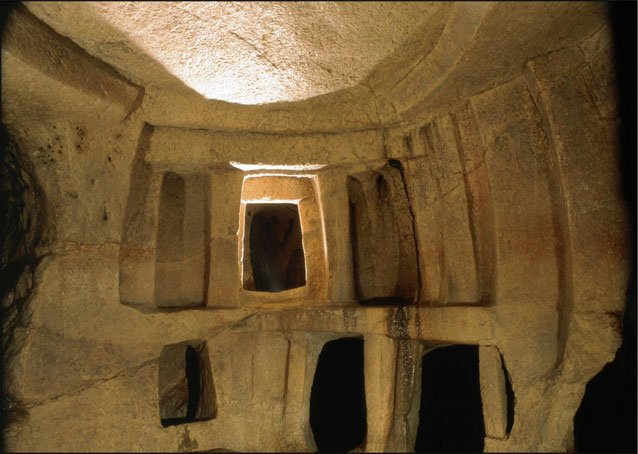
Malta, that tiny, politically British, sheep infested island in the Mediterranean Sea, is home to one of Europe’s oldest and biggest megalithic sites, the Hypogeum of Hal Salfieni. It is the world’s only underground temple, which was also a necropolis with 7000 “inhabitants”, and was built by a prehistoric culture about which very little is known.
Also there is that weird legend about caved in deeper levels and voices from beneath the island. Great stuff. Most of it probably just tall tales to boost tourism. But still. Having Lara raid this tomb would be quite something.




 Watch Dogs Unlocking ctOS Towers Walkthrough
Watch Dogs Unlocking ctOS Towers Walkthrough PES Club Manager (Android and iOS) tips
PES Club Manager (Android and iOS) tips How to enter the Destiny Hidden Terminus Area on Venus for PlayStation and Xbox
How to enter the Destiny Hidden Terminus Area on Venus for PlayStation and Xbox Fallout 4: How to make any NPC a Companion
Fallout 4: How to make any NPC a Companion Fallout 4: Form Ranks walkthrough
Fallout 4: Form Ranks walkthrough